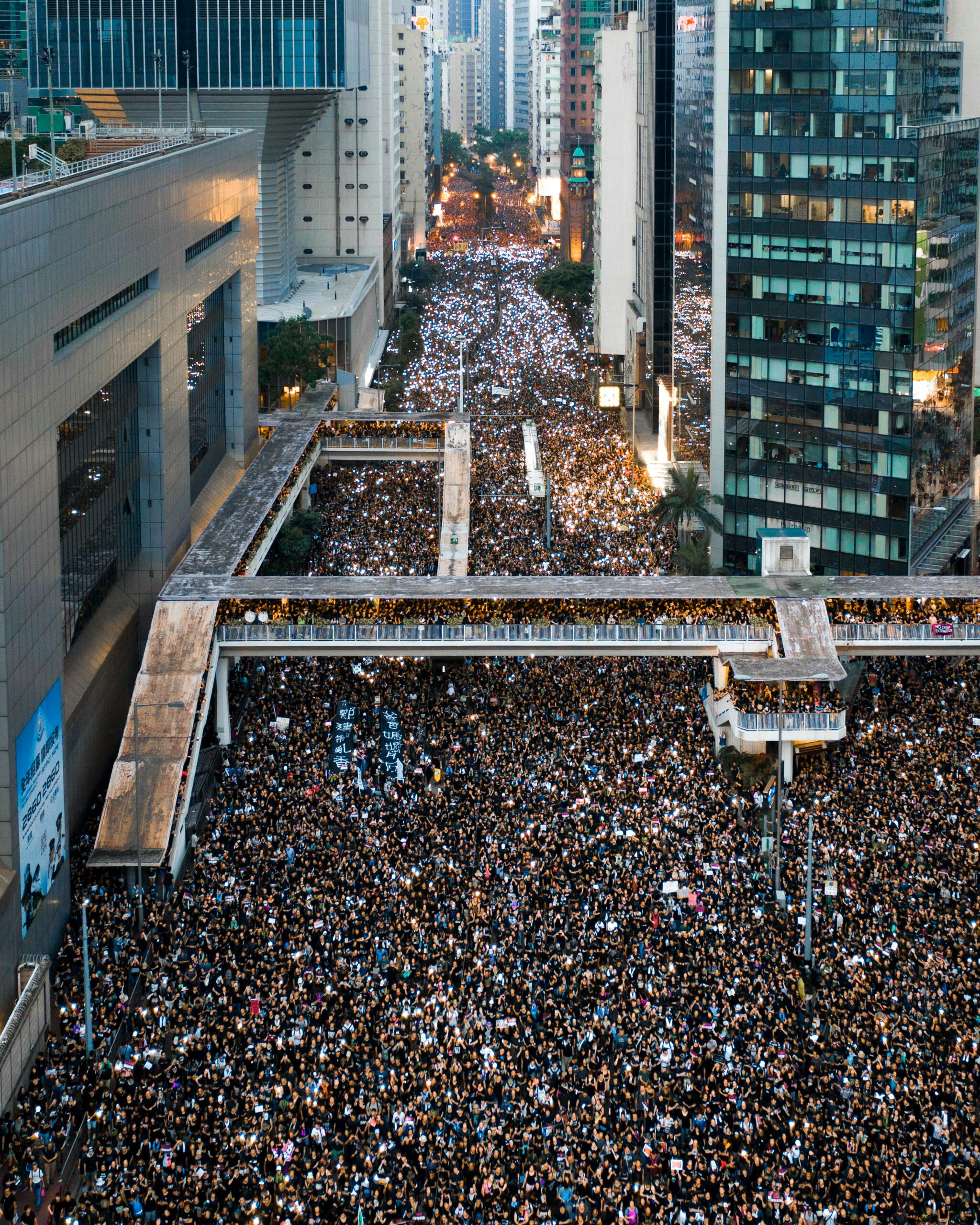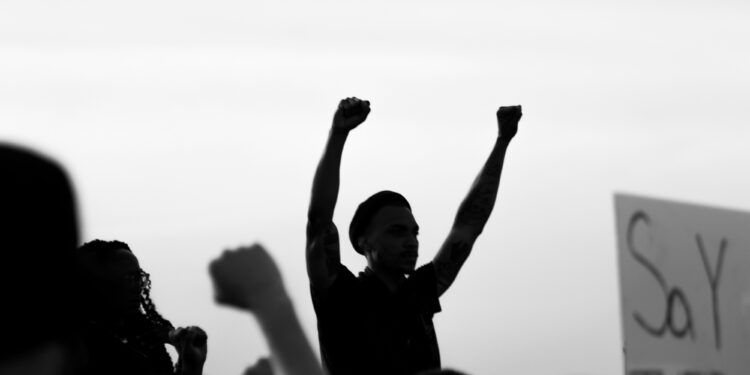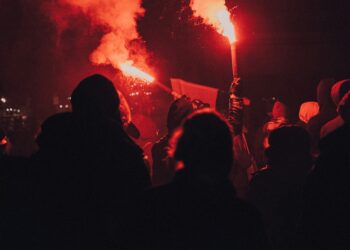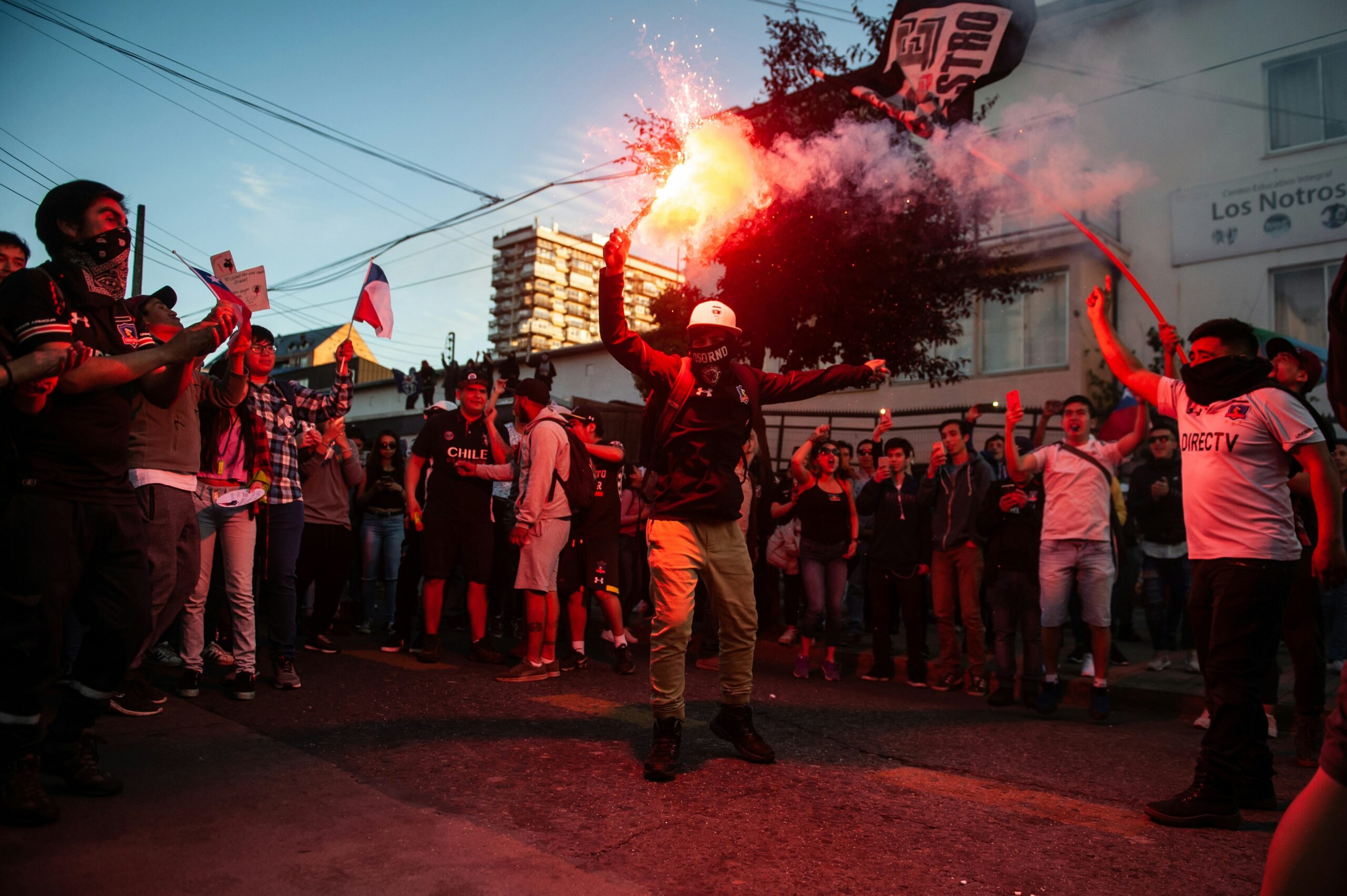Nepal is counting bodies this week, and the toll is shocking: 72 dead and over 2,000 injured in the violent anti-corruption protests that rocked Kathmandu and other cities. What started as a rebellion against government corruption has turned into a tragedy of massive scale, and it raises a question no one wants to say out loud, did the young protesters go too far?
From Social Media to Street Violence
Most of the protesters were in their teens and twenties, mobilized through social media platforms and apps that bypassed government bans. The energy and anger of these young people cannot be underestimated. They burned buildings, smashed government offices, and even set fire to private businesses. For them, it was about sending a message. For the rest of the country, it became a nightmare. When idealism turns into chaos, the line between protest and anarchy gets dangerously thin.

The Cost of Defiance
The images are grim: charred remains of state buildings, homes, and even shopping malls. Security forces tried to control the chaos with tear gas and rubber bullets, but the damage was already done. The health ministry is struggling to tally the dead and injured, highlighting how quickly a political protest escalated into a national disaster. This isn’t only a political crisis, it’s a human one, and the blame is hard to assign. Youth energy fueled it, but the state’s failure to anticipate unrest made it far worse.
Karki Steps In
Now Sushila Karki, the former chief justice, is interim prime minister, and she inherits the impossible task of rebuilding both the physical and political landscape. She has promised compensation to victims’ families and free medical care for the injured, but no amount of money or policy can erase the trauma or the images of a nation in flames. Karki’s leadership will be judged not just on governance, but on whether she can tame a generation that has tasted power and chaos at the same time.
Lessons and Questions
Nepal’s unrest is a cautionary tale. Young people can mobilize faster than any government can respond, but when protest turns deadly, the revolution eats its own. Did these protesters push too far in their fight against corruption? Or is this simply a tragic cost of demanding accountability in a country that has long tolerated impunity? Either way, the scars on Nepal’s streets, and its politics, will be long-lasting.

















